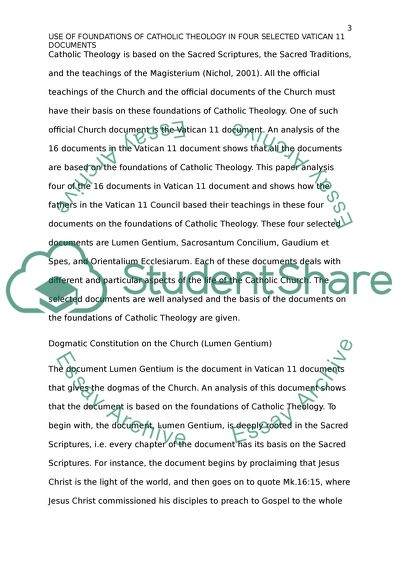Cite this document
(“Foundation of Theology Essay Example | Topics and Well Written Essays - 2500 words”, n.d.)
Retrieved from https://studentshare.org/religion-and-theology/1481274-foundation-of-theology
Retrieved from https://studentshare.org/religion-and-theology/1481274-foundation-of-theology
(Foundation of Theology Essay Example | Topics and Well Written Essays - 2500 Words)
https://studentshare.org/religion-and-theology/1481274-foundation-of-theology.
https://studentshare.org/religion-and-theology/1481274-foundation-of-theology.
“Foundation of Theology Essay Example | Topics and Well Written Essays - 2500 Words”, n.d. https://studentshare.org/religion-and-theology/1481274-foundation-of-theology.


